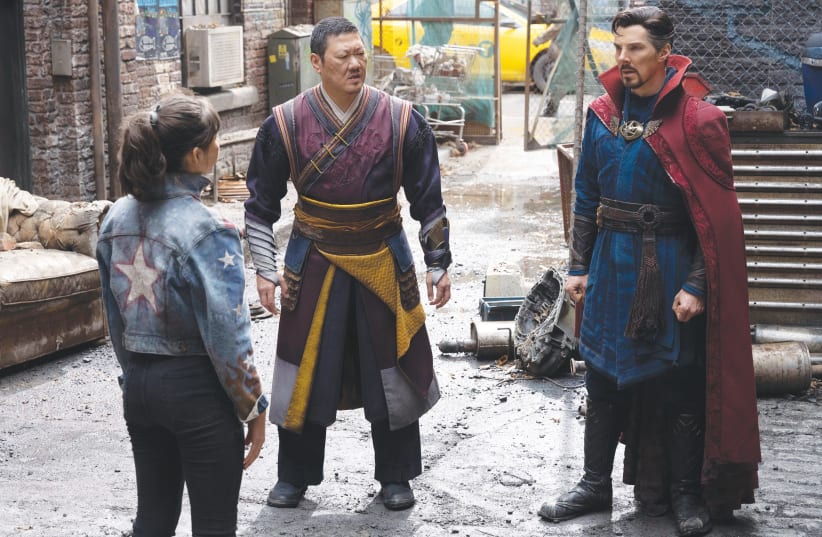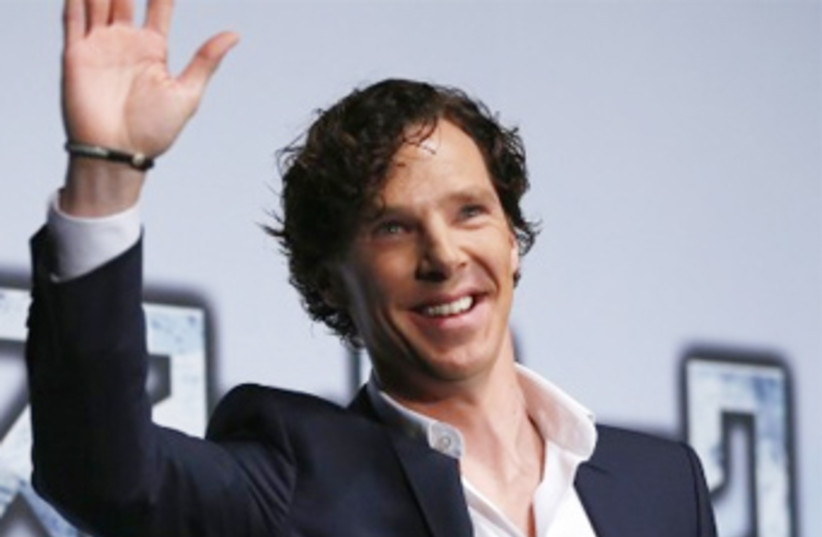The Marvel Cinematic Universe – or MCU, as it is known among fans – has become a massive empire in the film and television industry. It is a web of content that creates an alternate reality in which superheroes are real and intergalactic villains threaten our existence.
The good thing about the MCU is that it is capable of bringing together several generations of fans, from the older comic book fans to the younger film stans. The challenging thing about it is that every film is based on previous productions. In the case of Doctor Strange in the Multiverse of Madness, it is very difficult to follow without having watched the first Doctor Strange film, most Avengers films, and the WandaVision miniseries.
The film focuses on Doctor Stephen Strange (Benedict Cumberbatch), a doctor-turned-sorcerer capable of manipulating reality and teleporting using magic portals, always trailing behind with his magic flying cape.
He encounters (spoilers ahead!) friend-turned-foe Wanda Maximoff (Elizabeth Olsen), a powerful witch who can mind control, weaponize magic beams and even manipulate reality.
That is how, in the show WandaVision, she managed to conjure a remake of the love of her life, Vision, who had died in Avengers: Infinity War, as well as to create twin children for them. Already there, the basis was built for Wanda – AKA the Scarlet Witch – to develop an unhealthy obsession with these fictional children.
Multiverse of Madness follows Strange as he attempts to protect America Chavez, a new hero introduced to the MCU: a Latina teenager with the ability to create portals into alternate universes which make up – you guessed it – the multiverse.
The main concern is that it will be difficult for anyone not caught up with the MCU to follow the storyline, especially with surprise cameos from different Marvel franchises.
The film, Marvel’s first take on a pseudo-horror genre, has an eerie, creepy-crawly feel, with a dark grey-and-red color palette tinting most scenes, contrasting with the more colorful flashback scenes.
Marvel has, until now, taken to mixing action, drama and comedy. This film saw more of the first two than the latter, though it certainly wasn’t without its little zingers. The storyline, as it should be – yes, DC, I’m looking at you – is cohesive and well-formulated as ever, with a clear timeline and rhythm to each scene.
The musical score by Danny Elfman is far more understated than MCU fans are accustomed to, without the usual recognizable themes attached to individual characters, but it doesn’t feel missing.
The film, two hours long, felt short for Marvel die-hards who are accustomed to films of two-and-a-half hours at least. The storyline, as well, was a bit of a let-down for them, as there were rumors of Deadpool and Loki cameos.
Nevertheless, the complexity of Wanda’s character never ceases to amaze. A moment of silent climax that had everyone shaken to their cores was when Wanda breaks the fourth wall and stares the audience straight in the eyes. It leaves us wondering if she will always be looking at us from behind a screen, or if Disney is going to expand the character’s abilities outside of the realm of film.
While the film is called Doctor Strange and, yes, Cumberbatch did a wonderful job in playing the many different versions of the character, Olsen once again shone through as an astoundingly great performance. Now the question remains: When – or rather, where – will we see Doctor Strange and the Scarlet Witch next?

